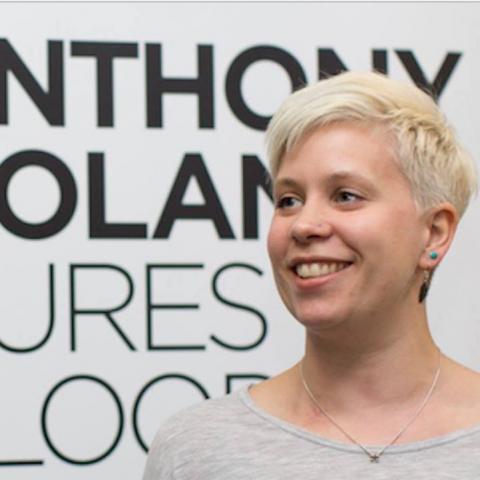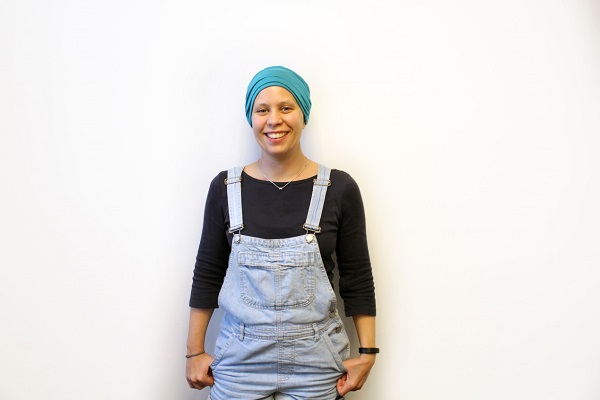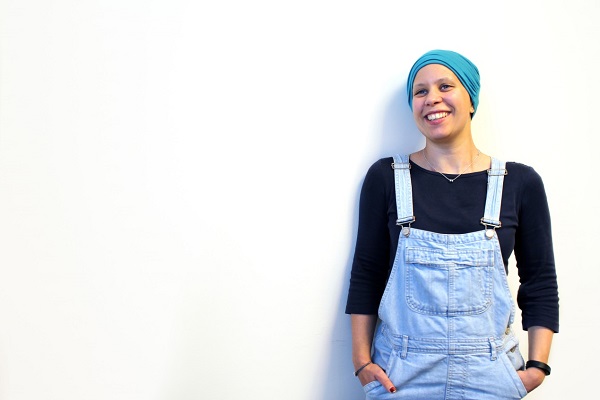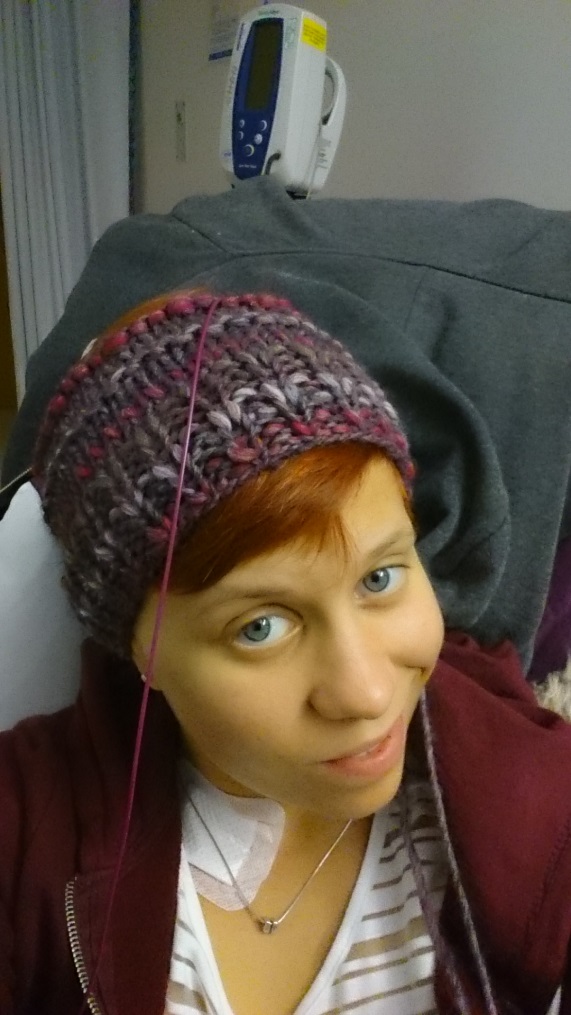In 2005, Emma was diagnosed with severe aplastic anaemia – which progressed to full-blown myelodysplastic syndrome (MDS) in 2011. MDS, a malignant blood disorder which can ‘transform’ into leukaemia, is only curable via stem cell or bone marrow transplant.
Today, on MDS Awareness Day, we’re sharing Emma’s story.
When it all started, I was 17.
My friends and family noticed that I’d been sleeping a lot, and seemed to be bruising easily. After much persuasion, they got me to submit a blood test at my GP’s – and that evening, I got a phone call asking me to come to the hospital straight away.
After the diagnosis I was a typical teenager in denial, I suppose. I took my A-levels (maths, physics and, ironically biology) and went to my end-of-year prom.
I didn’t want to be going into the hospital for treatment almost every day; I wanted to be an ordinary 17-year-old.
But I had to defer my university application, and I went into St George’s Hospital for a course of ATG treatment (which suppresses the immune system, giving your bone marrow a chance to recover). The day I came out, I went clubbing in an attempt to get back to normality after three weeks in isolation.
In many ways, I never really appreciated just how ill I was. It was incredibly hard to see my schoolfriends go off to uni – and all the while, I was working full-time, and part-time at the weekends.
For a few years, the ATG seemed to have done the trick. I went to university, joined the rowing team, got my first in maths, and trained as an Body Attack instructor. I was still at risk of infection, but life was (relatively) normal!
Then in 2011, just as I found myself working at an analytics company in London, my aplastic anaemia returned – and this time, it was accompanied by MDS.
MDS means that your bone marrow stops creating enough healthy blood cells, and starts to produce abnormal, undeveloped cells instead. It’s a condition most commonly seen in much older people – 90% of patients are over 65 – which means that the available treatments are aimed at this group.
Treatment is aimed at managing or treating the illness, rather than curing it outright; there needs to be more consideration for younger people, as it can be harder to get funding for new research.
The only outright cure for me was a stem cell transplant – luckily, we found a 10/10 match in good time, and I was admitted to King’s Hospital for my transplant in August. (Although I did manage to find the time to run a quick 10K for Anthony Nolan beforehand!)
After the transplant, I had the usual side effects, but thankfully no serious infections or Graft vs Host Disease (GvHD). Due to pure stubbornness, I was back in the gym within a few weeks, and working part-time from January onwards!
I’m a qualified Les Mills Body Attack and Body Pump instructor , so I know how important it is to keep fit and active. You need to make the most of the days when you’re feeling good, instead of giving into your condition. It can be all too easy to let your partner or family do all the hoovering and cooking, and just sit on the sofa, instead of getting out for a walk or a run.
I relapsed in 2013, but after a course of azacitadine chemotherapy, I found myself back in remission and feeling great – I even took on the London Marathon for Anthony Nolan.
Sadly, that’s not where my story ends.
This July, my blood counts began to drop again. My MDS was back, and this time it was developing too fast for the azacitadine chemotherapy to counteract.
That means I’m going to need a second stem cell transplant – and while a 9/10 donor has been found, I still don’t know if the Department of Health is going to approve the funding for the procedure.
Apparently there are rules in place restricting patients from having second transplants. My application’s been taken to the panel this week (so by the time this blog goes out, I should know their answer), but right now I just don’t know what to expect.
If my application’s rejected, I’ll have to make an appeal. And that means I’ll need a lot of support!
Or I’ll just have to do a Breaking Bad – but hopefully it won’t come to that.
At Anthony Nolan, we’re talking to the NHS to try and ensure that every patient in need of a transplant can access the treatments they need – including those who are having a transplant for the second time.
If you want to support Emma, or read more of her story, follow her blog at Emma’s fight against MDS. If you’d like to donate to her cause, visit her JustGiving page.
If you're a patient, you can visit the MDS UK Patient Support Group, join our Transplant Community and our Patients and Families Facebook Page to connect with other patients and share experiences and support.




